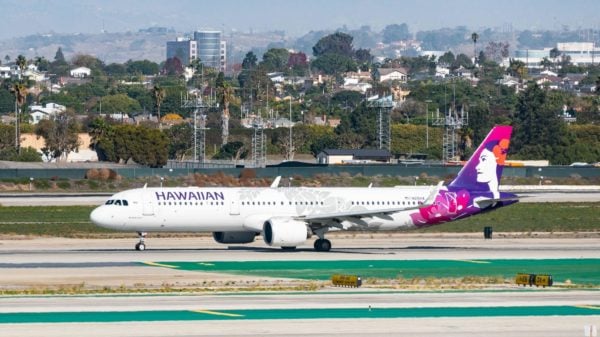In the heart of Texas, Fort Cavazos stands as one of the most significant and prestigious army bases in the United States. The base, typically a beacon of strength and organization, has recently been the subject of an unsettling revelation: an unexpected shortage not of armament or machinery, but of basic sustenance—food.
Many of us take for granted the routine of our three meals a day. But for the soldiers at Fort Cavazos, securing their next meal has become an unforeseen challenge, almost reminiscent of a logistical exercise. Only two out of the ten primary dining stations have been operational throughout this summer, causing undue stress and uncertainty for those residing on the base.
Hundreds of trained soldiers, ready to perform their duties, are left wondering where they might get their next meal. While a segment of these soldiers has personal vehicles allowing them a bit more flexibility, many younger members—especially those who’ve just joined—are without transportation. For them, the challenge is twofold: not just where to find food, but how to get to it.
The erratic operating hours of the few functional dining stations further complicate the situation. With no fixed schedule to rely upon, soldiers find themselves in a perpetual state of uncertainty. This inconsistency disrupts their daily routines, adding an unnecessary layer of stress to an already demanding life.
Delving into the root cause of this predicament, it becomes evident that the issue is staffing—or the lack thereof. The cooks, an indispensable part of the dining infrastructure, are stretched to their limits.
Many are away on deployments, involved in rigorous training regimes at the National Training Center, or engrossed in cadet training exercises at Fort Knox. This human resource challenge has inadvertently created a food supply bottleneck for the base, a situation that seems paradoxical given the size and stature of Fort Cavazos.
It’s not just the absence of food that’s concerning. In a telling observation, Military.com highlighted an awareness gap among soldiers. Many are not even aware of the sparse dining options that are open, indicating a communication breakdown amidst the larger crisis.
Disturbingly, a study from the RAND group suggested that the consistency of food access for some soldiers might be better during overseas deployments than what they’re currently experiencing at Fort Cavazos.
But it’s not all bleak. Solutions are in the pipeline. The base’s administrators, recognizing the gravity of the situation, are brainstorming innovative measures to address the dining dilemma. One such potential solution is forging partnerships with non-military affiliated eateries, like Panera and Qdoba.
This model, now being tested at Fort Drum in New York, would allow soldiers to utilize their meal cards in these establishments, thereby diversifying their dining options and ensuring they get their much-needed nutrition.
Furthermore, there’s a glimmer of hope with the recent reopening of two dining facilities at Fort Cavazos. It’s a step in the right direction, signaling the base’s commitment to addressing the issue head-on.
The Fort Cavazos situation serves as a stark lesson in the significance of robust staffing and infrastructure, even in areas we might sometimes overlook. Taking care of our servicemen and women goes beyond just training and providing equipment—it’s of utmost importance to tend to their essential daily needs and take care of their overall well-being.






























